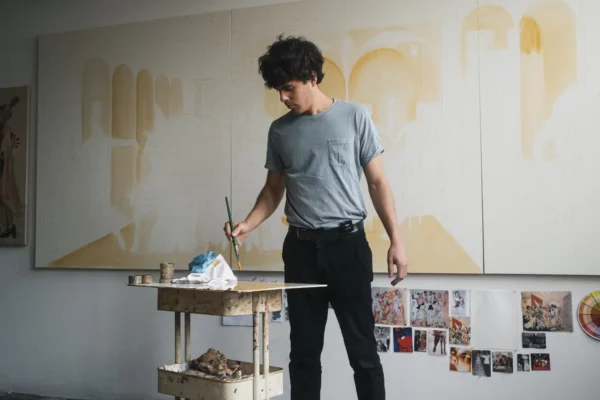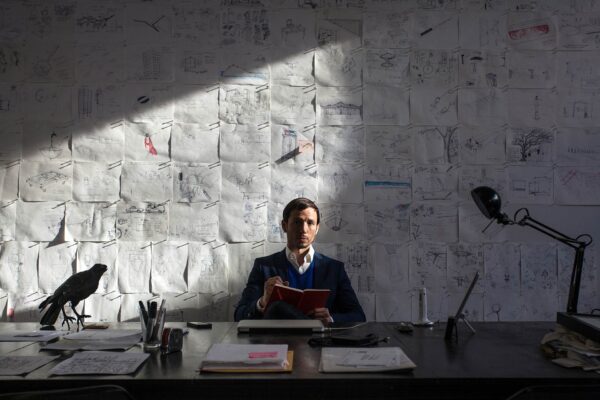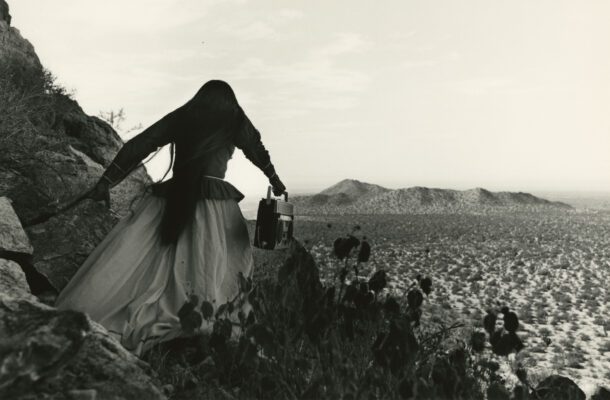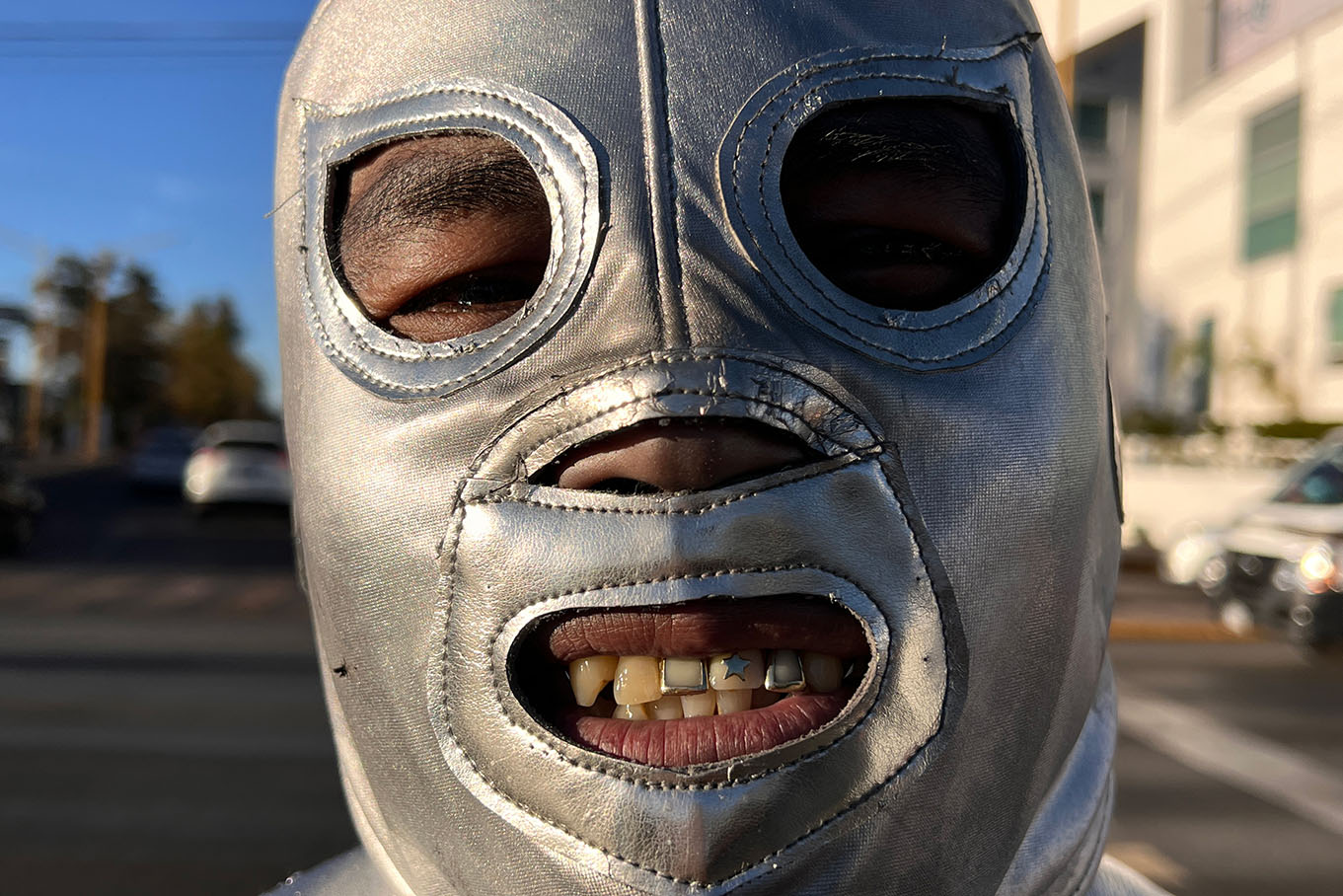
COFFEE WITH
DORIAN ULISES LÓPEZ MACÍAS: “IT’S LIKE A WARM EMBRACE IN THE MIDST OF EVERYTHING”
Name: Dorian Ulises Lopez Macias
Profession: Photographer and Casting Director
Nationality: Mexican
Zodiac Sign: Leo
Instagram: @mexicanomx @dorianuliseslopezmacias
LATINNESS: Dorian, congratulations on your new exhibition “Esto es Vida” and the success you’ve achieved in recent years. Your bio on Instagram reads photographer, but for many years you were a graphic designer. How did you get here?
DORIAN: I studied graphic design in Aguascalientes, then I left the country for a while and headed north. It was a significant part of my life to move to Canada because I had this fantasy that the north was superior.
Three years later, in 2005, I arrived in Mexico City. During those days, as a graphic designer, I had very clear that what I liked were magazines, so I sought out the editorial world and started working at Código magazine.
It was an interesting experience because it opened my eyes to where I was living, the art scene in Mexico City, restaurants, and all that. A year later, I was invited to work on Chilango magazine, where I stayed as a designer for four years. Eventually, I was recruited by a lifestyle magazine, and while there Elle Mexico reached out to me.
At Elle, I put into action everything I’d learned from the editorial world, but as the Art Editor of a fashion magazine. I began to conceptualize fashion stories, see how they work and understand this universe with its seasons, language, and photography. That’s when I started taking fashion photos.
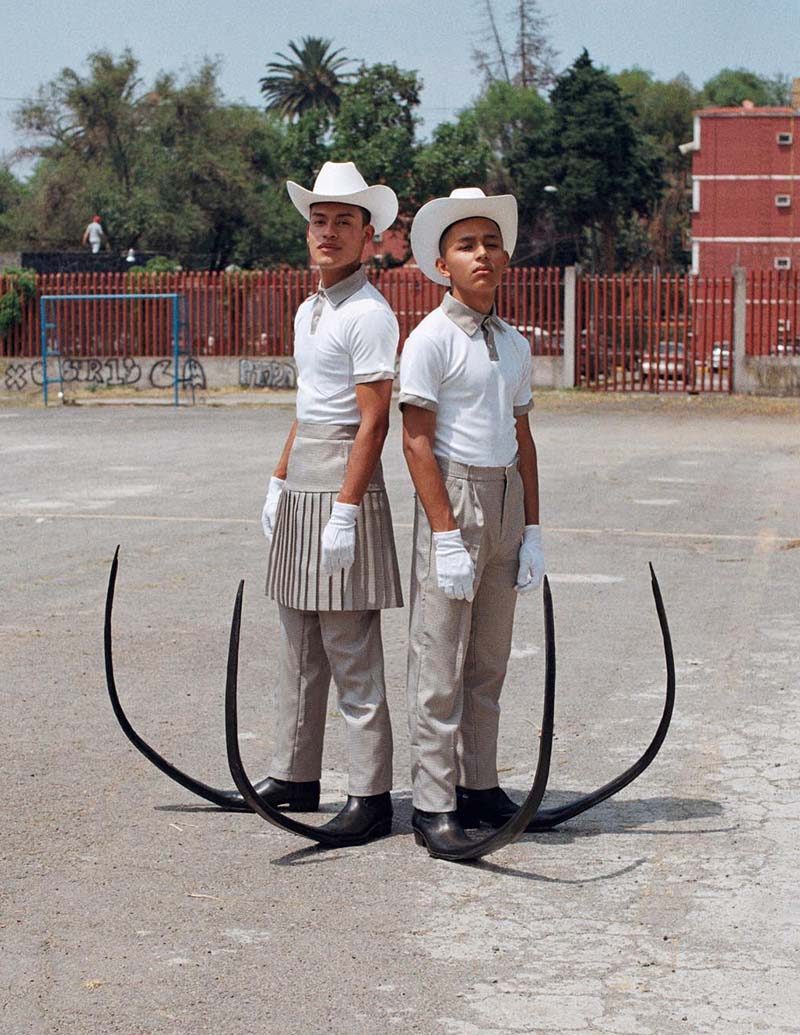
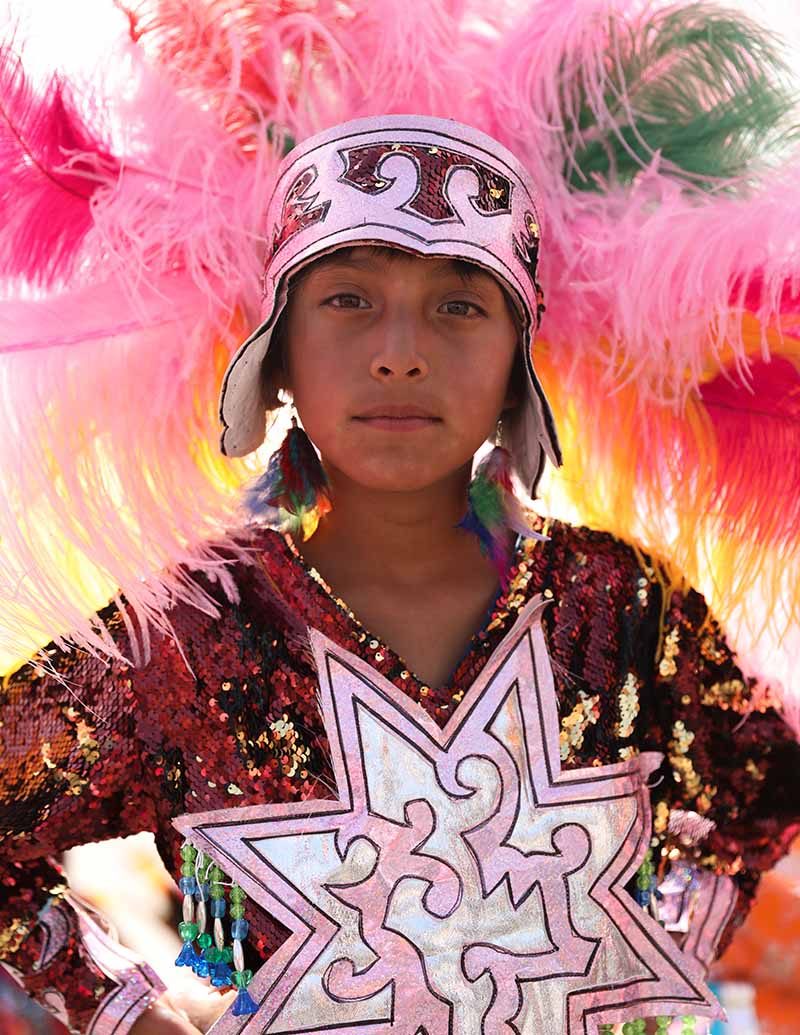
LATINNESS: Did you have any prior photographic experience?
DORIAN: Throughout my life, I’ve always carried a camera with me. It’s always been a hobby. While I was at Elle, an agency invited me to shoot a campaign for Yakampot.
The brand was just getting started, and the idea was to introduce it. At that time, not many brands were creating campaigns in the sense of operating as a more global brand; that wasn’t common.
I started in fashion with Yakampot, although the first project had a very cinematic feel to it. Nevertheless, the brand began to grow, and that helped me build a name as a fashion photographer.
Simultaneously, I’d go out on the street and take pictures of people who I found beautiful, without realizing what I was doing – it was pure instinct. I let that sixth sense guide me.
I started taking fashion photos outside of Mexico City, and that’s when the travels began. That’s how it all started, both fashion photography and street style photography.
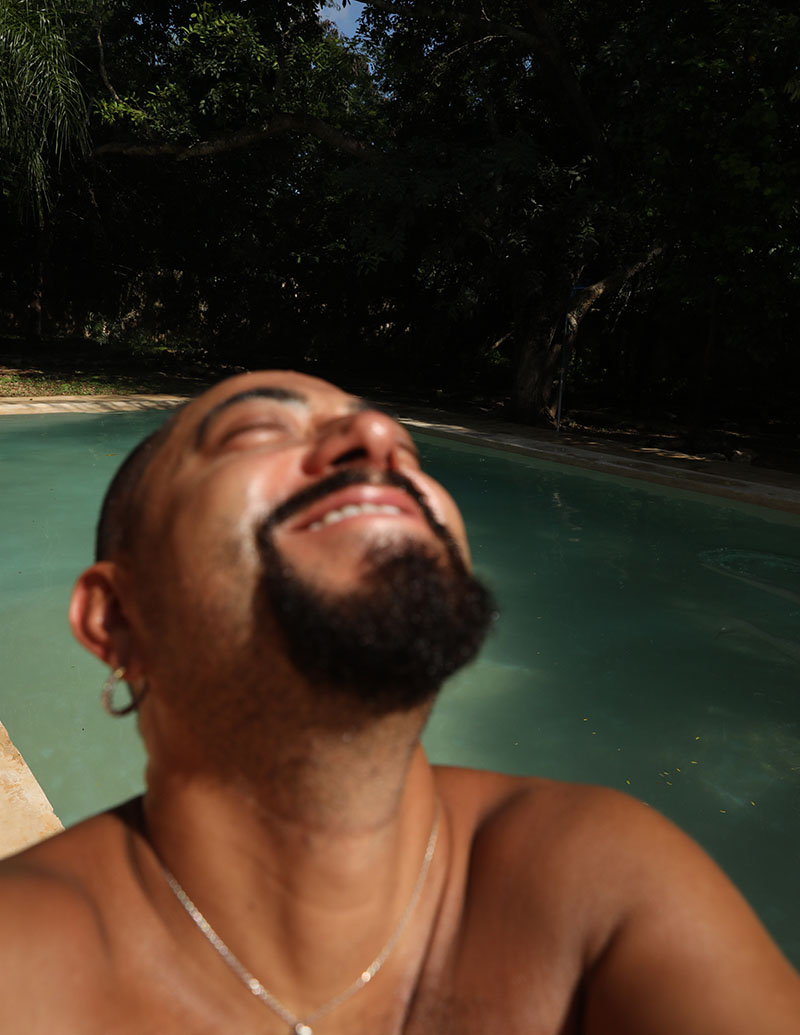

LATINNESS: Yakampot was one of the first brands that was exploring the idea of rescuing Mexican roots in a contemporary way.
DORIAN: In fact, when I started taking photos for Yakampot, there was indeed a whole “let’s turn our attention to Mexico and Mexican craftsmanship” conversation, even “let’s see how indigenous communities make clothing.” However, we were still using blonde models.
I remember our first models were Russian and Czech. It was years later that this began to change, right around the time I decided to leave Elle to focus entirely on photography. I’m talking about 2014 or 2015.
LATINNESS: You were living a somewhat double life, with the glamor of the fashion world during the week and scouting the streets on weekends. What inspired you to start the Mexicano instagram account?
DORIAN: I already had many photos from the Mexicano archive, but they were kept hidden. It was a different time, and I felt shy about showing my photos and talking about the subject matter, even though it was my passion and I found it incredibly beautiful. I didn’t want people to judge me or criticize my models.
After years of doing it just for myself, taking photos of people whom no one else saw except me and a few friends, it was those who appreciated my work the most who told me, “You have to share your work; it’s amazing,” and I didn’t know how to do it.
The first thing that came to mind was a book, but it was expensive, and there was no publishing house interested in the work of someone just starting out and still not well understood. So in 2016, I decided to open the Instagram account for Mexicano to showcase the beauty I was witnessing. I remember feeling very nervous because I didn’t even have the name. When I finally found it, I understood that with Mexicano, everything was included. In other words, what I see while in Mexico is Mexican, it’s Mexican-made. But also, it’s me, speaking as a Mexican who observes. It’s a name that has different perspectives for understanding it.
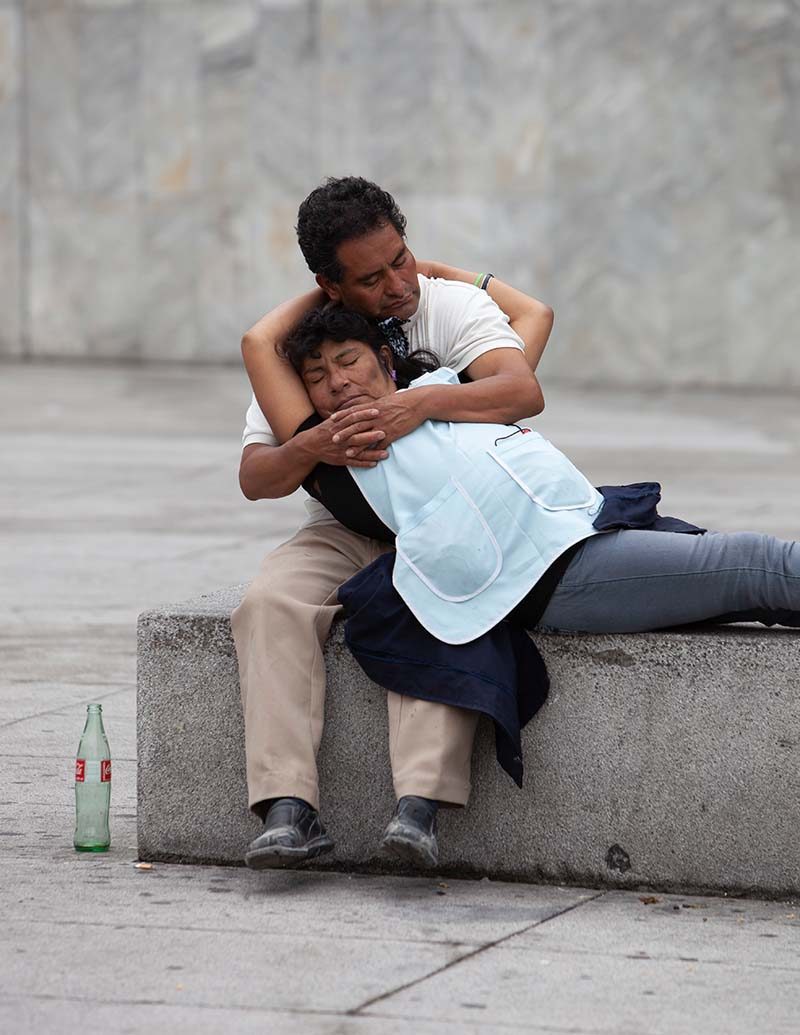
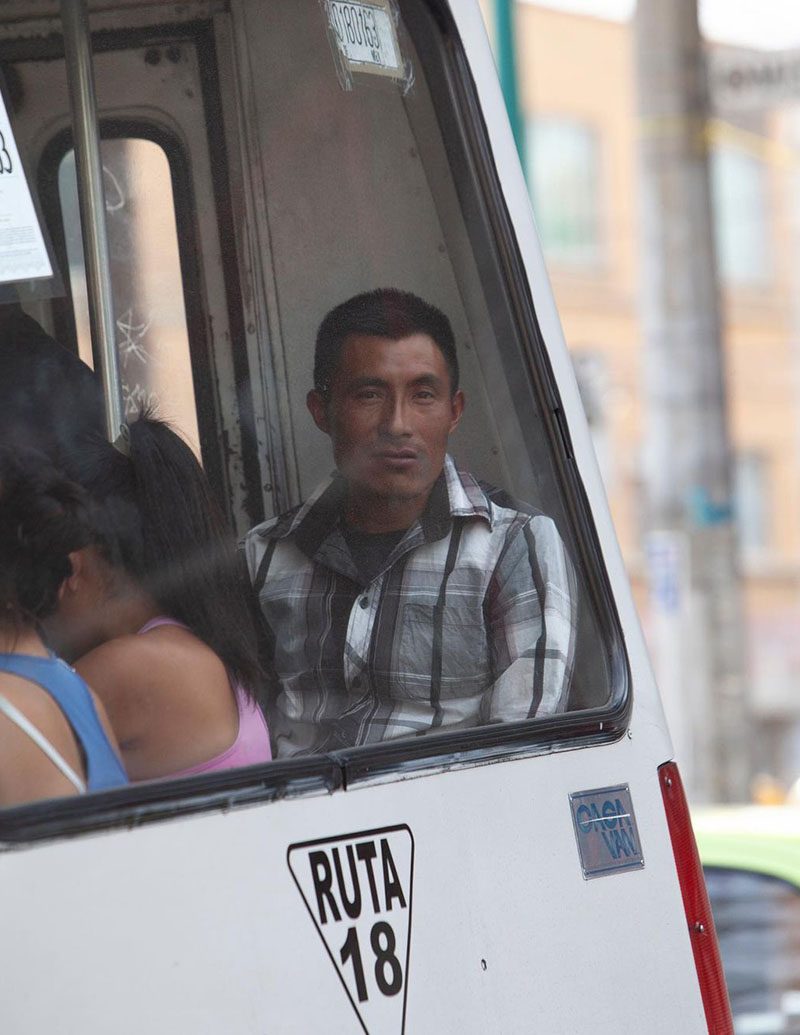
LATINNESS: It was this account that essentially propelled your career in the art world.
DORIAN: Yes, through this account, I began to showcase my Mexicano photos. Three months in, the artist Rafa Esparza saw my work and invited me to participate in the Whitney Biennial with him, which was in 2017. This experience was quite interesting for me, for my work, and for the project because I was very scared, but as soon as it was embraced by an artist like him, who was in the Whitney Biennial, it gave it a very different level of exposure.
That’s when my journey with this Mexicano project began, and what happened there pushed me to keep traveling, going out into the streets, and capturing those faces.
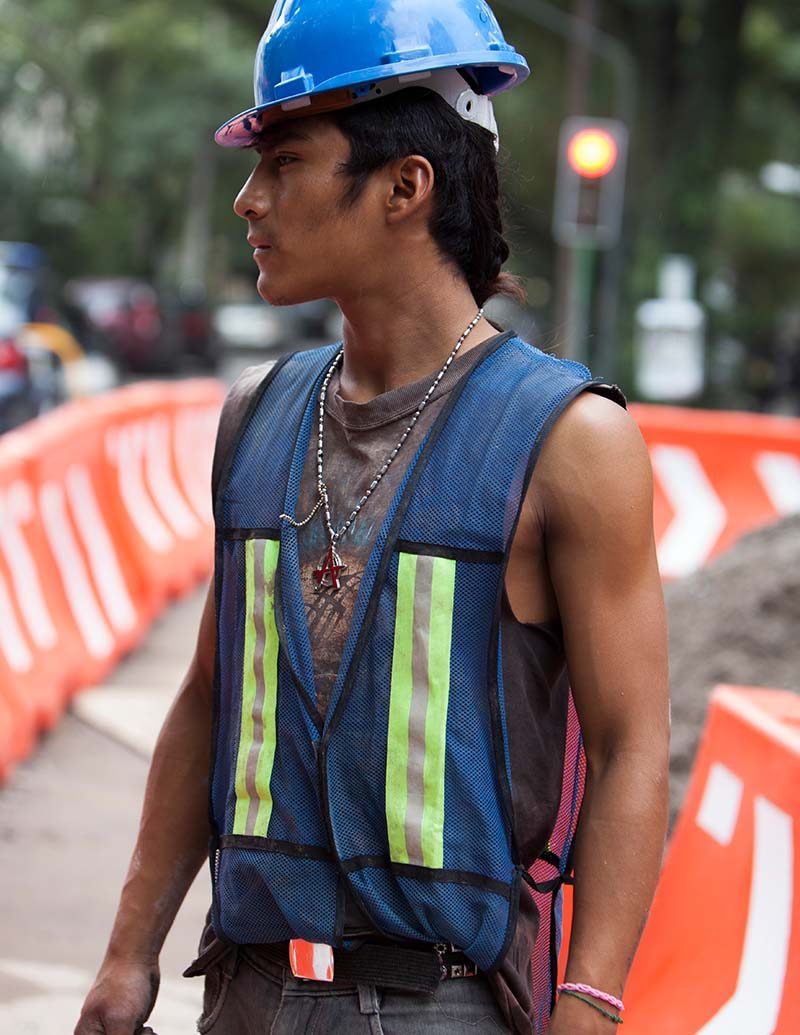
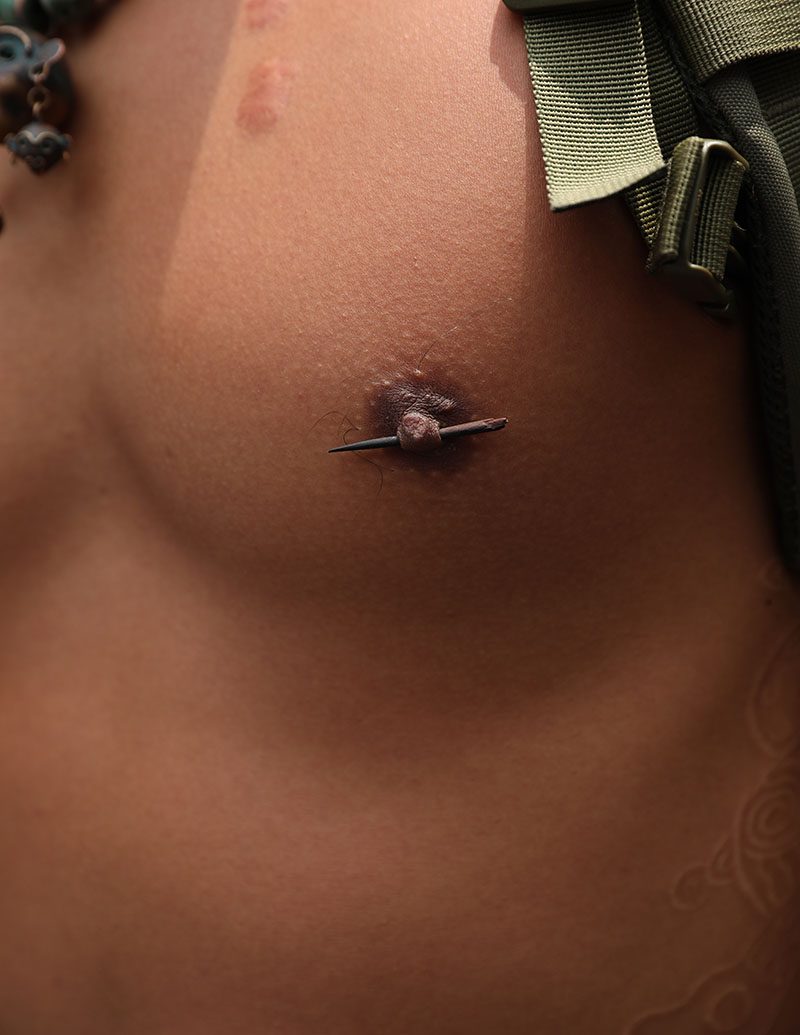
LATINNESS: More than just portraits, your images also reflect your affinity and background in fashion. Has this been intentional?
DORIAN: There came a moment when I said to myself, “What I’m critiquing in my Mexicano project, I’m also doing in fashion.” So it was the right time to blend them together. To play with people whom I find so beautiful and create fashion. I thought, “Let’s treat them just like any other models and see what happens.” And what happened was also a very important step for the country and the fashion world: to see that you can do fashion with people who have darker skin, who aren’t six feet tall, and who may have a fuller figure.
This happened around 2017 or 2018, a time when I started bridging the gap and having my fashion work focus on Mexico, in addition to my Mexicano project. Now, this exhibition focuses on Mexicano, but it’s sprinkled with my fashion work. I wanted to mix a little bit of both.
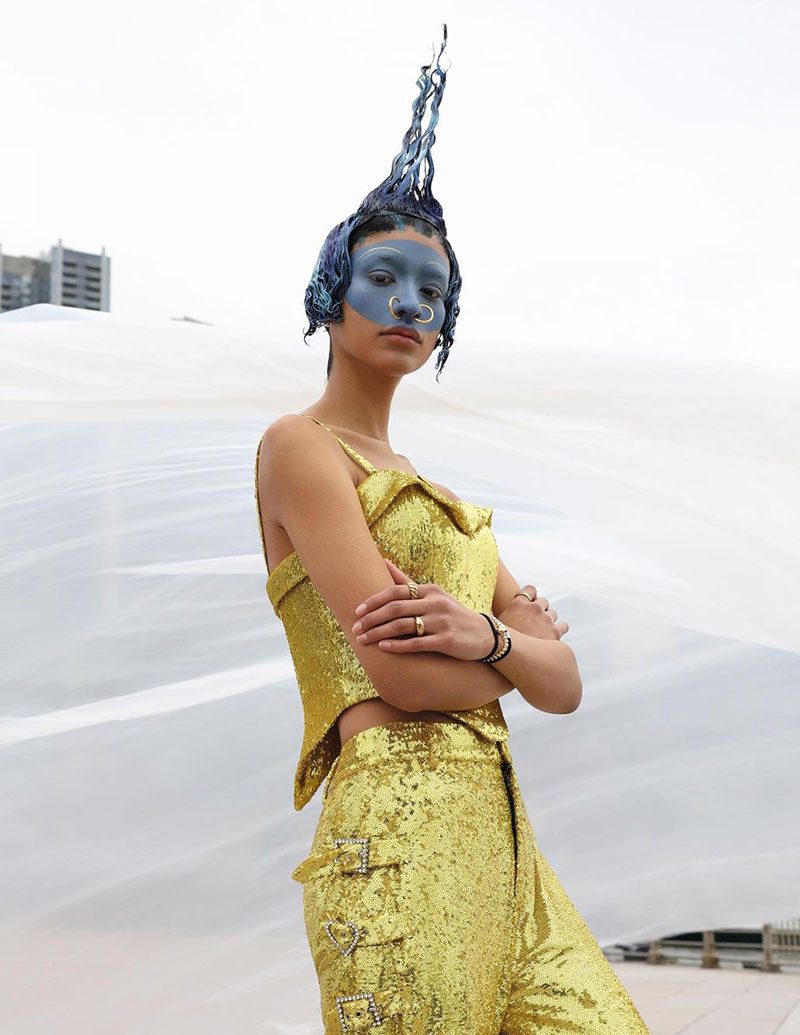

LATINNESS: Is this your first solo exhibition?
DORIAN: My first solo exhibition was in Aguascalientes, and it was a magical moment because that’s my hometown. It was an outdoor exhibition where we displayed about 60 monumental-sized photos on buildings in the Historic Center of the city.
The following year, I had my first exhibition in the United States with LaPau Gallery, which is run by Paulina Lara. She promotes queer Latino artists who are making a significant impact in the art world in the United States.
Actually, this is the first time I’m seeing my photos in a gallery setting because with LaPau Gallery, I presented a video and an ensemble. In this exhibition, there are monumental photos, just as I’ve always wanted to see them, and they’re in a gallery, not in a white space where only the photo is displayed.
I’m very happy because it’s the first time I’m experiencing my work in this way. It’s happening in Portland, and it’s thanks to the invitation from Industryone, an advertising agency that opened a gallery this year. I’m one of the first artists they’ve invited.
LATINNESS: When you were starting out as a younger Dorian was wandering the streets, did you ever dream that you would achieve what you’re doing today?
DORIAN: I didn’t expect it because I never envisioned myself as a photographer. I strongly believed that I was going to be a filmmaker. And that can still happen, right? It’s something I know will come someday.
I wanted to study film, but there was no such program in Aguascalientes, so I chose graphic design. At the time, I didn’t really know what it was, but I felt it didn’t take me far from the world of film and art. I studied graphic design, fell in love with it, and forgot about film.
I had this fantasy that what was within my reach was something else, but in the end, what’s inside you starts to emerge, and no matter what you study, you’ll eventually find your way to what you’re meant to do. In the end, it was all about imagery for me; I’ve been highly visual since I was a child, and film was always a part of me. Music too.
I didn’t imagine it, and I like that it took me by surprise.
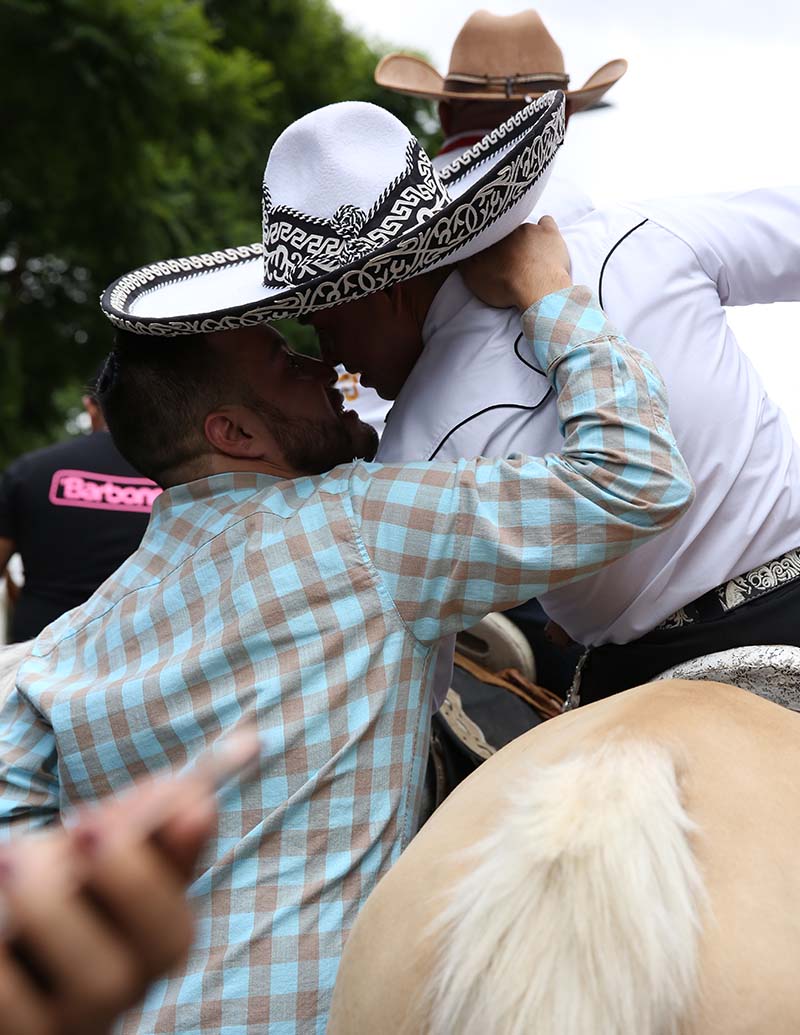

LATINNESS: With 66,000 followers on your Mexicano account, you’ve created a significant collective around the queer community in Mexico City and nearby areas. You’re somewhat of a celebrity. Are your DMs flooded with people asking you to take their photo?
DORIAN: Yes, it’s a lot. A bit overwhelming, to be honest, but also very beautiful. When I started going out on the street to photograph people, I told Lechis—my assistant and great friend—that what I wanted most as a job was to be the guy who takes ID photos for everyone in Mexico.
It’s crazy how, over time, people seek me out. There comes a point where I can’t keep up anymore; my Instagram isn’t something I can easily manage because there are so many messages, and it becomes a bit overwhelming. But yeah, it’s really nice.
It’s very flattering to me, and, above all, it speaks to how urgent this was. It might seem like the topic of inclusion and racism is new, but it’s been around forever; it’s just recently gained more attention. I launched my Mexicano Instagram in 2016… The conversation has been going on for seven years now.
LATINNESS: I read something you said: that visibility is important because the more you see it, the more comfortable you become with the subject. Do you have any anecdotes from an experience that showed a change in the prevailing machismo in Latin America, which is culturally hostile to queer life?
DORIAN: Yes, I’m convinced of that. Visibility is valuable because even if it makes someone uncomfortable at first, you’re still expanding their mind, and that’s what we need.
Sometimes I look back and say, “Wow, our mental expansion was going very slowly, and then the internet came along, and it’s like an atomic bomb!” I believe that the recent years, coupled with the internet, have done that: an exaggerated exposure to information and everything, which has its good and not-so-good aspects.
One of the good things is that people are more accustomed to it. Maybe the queer issue or issues related to skin color don’t bother them as much anymore, for example.
I feel that it has changed, and it has to do with the information that the new generations carry, but also with how that information travels. Not long ago, there were no smartphones. Everything changed when they arrived. With smartphones you can have your internet, your office, your world.
When I started photographing people on the street, I hardly found anyone with a cell phone. That’s very interesting because in my early photos, you won’t see people with cell phones. It was difficult; it was a luxury item. Most people only had Facebook, and they checked it at the internet cafe. Nowadays, everyone has a smartphone, no matter how humble the person may be, and they also have social media like Instagram.
So it’s incredible how information has reached people’s minds. And that has undoubtedly helped advance the conversation, which sounds ironic in our country where violence is rampant. It’s crazy, isn’t it?
Why? Because when I talk about progress in the discussion, I mean that we’re reflecting on important, human issues. But on the other hand, violence against women and racism are still very strong, as are homicides of trans women. This issue has been growing, but the reality is very complex.
Right now, I believe it’s one of the worst moments for Mexico. Violence is out of control; it’s a very sad situation. I’m not exactly sure where we’re heading because there’s information, and you can also see a lot of outrage from people, but violence and injustices are still there.


LATINNESS: It’s important to read stories like yours because it shows that changes in mindset can indeed be achieved through creative work.
DORIAN: That’s also been my focus. I’m not someone who is oblivious to the news and injustices, but I’ve always wanted to show a brighter side with my work; something like giving people’s self-esteem and hearts a little cuddle.
I believe in art as that: as a transformative form with a different perspective. Because I could also go down darker paths, right? And show how tough it is to live in Mexico. However, I’ve chosen to go down the path of showing Mexico as a country with a very big heart and its people, a beautiful human quality, even though we are in the midst of the most violent period. Seriously, you walk around, and people help you.
We’re experiencing some crazy paradoxes in Mexico, which is why I wanted my work to focus on the beauty and the joy. In other words, it’s like a warm embrace in the midst of everything we’re going through.
LATINNESS: That’s how this interview went, Dorian.
Images courtesy of Dorian Ulises Lopez Macias.

